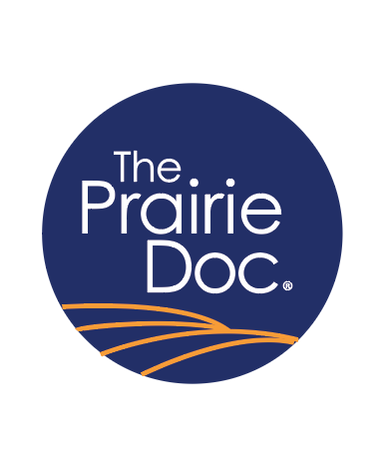|
by Richard P. Holm, MD
Near the end of the 1800s, the average life span of a male in Dakota territory was less than forty-seven years. This was partly because the practice of pioneer medicine was so different from that of today. Vaccinations and antibiotics were not yet available for the many infections that occurred; the treatment of severe trauma was without IV fluids and anesthesia; and the training of physicians was often inadequate and certainly not standardized. Times have changed, and the average life span has improved over the years. However, some aspects of pioneer medicine haven't changed. Now, just as then, physical trauma with lacerations and fractured bones require stitches, bone setting, and sometimes even amputation. Abscesses still need to be drained. Physicians are still stitching, setting bones, and draining puss much the same way as in the 1880s. The primary tool for dealing with contagious diseases back then involved isolation and quarantine measures. Certainly, infections such as smallpox, scarlet fever, TB, and diphtheria, which ravaged the frontier West, are not so prevalent today. However, we know that those same isolation and support measures will have to be used again if another pandemic occurs. Finally, although the content of the lectures at medical schools has changed, the later part of medical training is still dependent on the one-on-one mentoring/apprentice type of learning experience. It is during this mentoring phase when the student shadows a practicing physician and learns how to have compassion for patients. The pioneer doctor traveled by horse and buggy throughout the county to practice medicine. Despite the limited number of medical tools and medicines available to them, those doctors were always most effective by caring—I mean really caring—for the sick. Some things never change. Take home lessons: 1. Major changes in health care over the last 100 years include vaccinations, antibiotics, IV fluids, anesthesia, and the education of such methods. 2. Certain elements of frontier medicine are still happening like stitching, bone setting, abscess draining, isolation of infectious diseases, and one-on-one teaching of medical students including the teaching about how important it is to genuinely care for the patient. Watch On Call with the Prairie Doc® most Thursdays at 7 p.m. central on SDPTV and follow the Prairie Doc® on Facebook and YouTube for free and easy access to the entire Prairie Doc® library. Comments are closed.
|
Archives
July 2024
Categories |
 RSS Feed
RSS Feed


